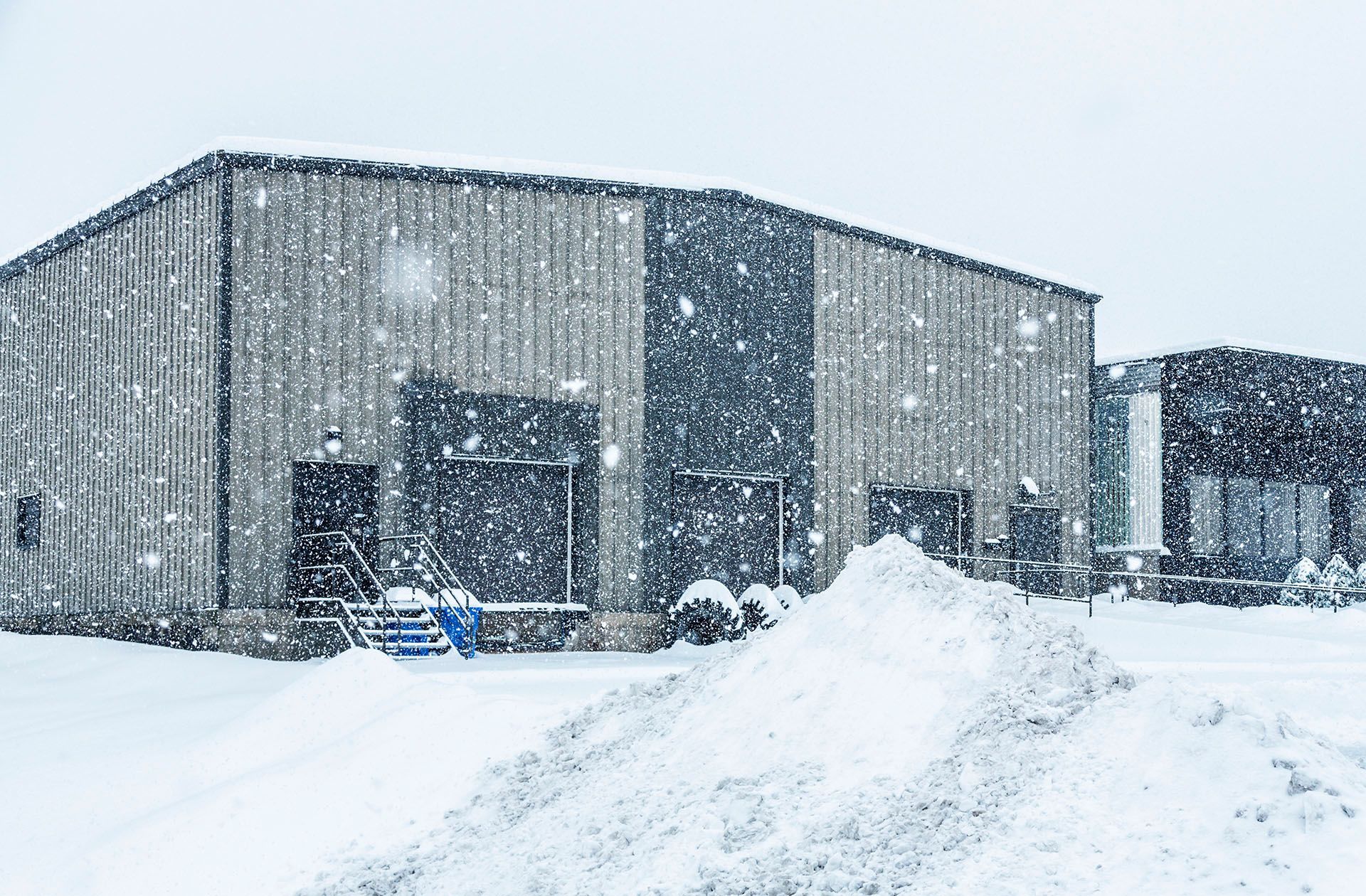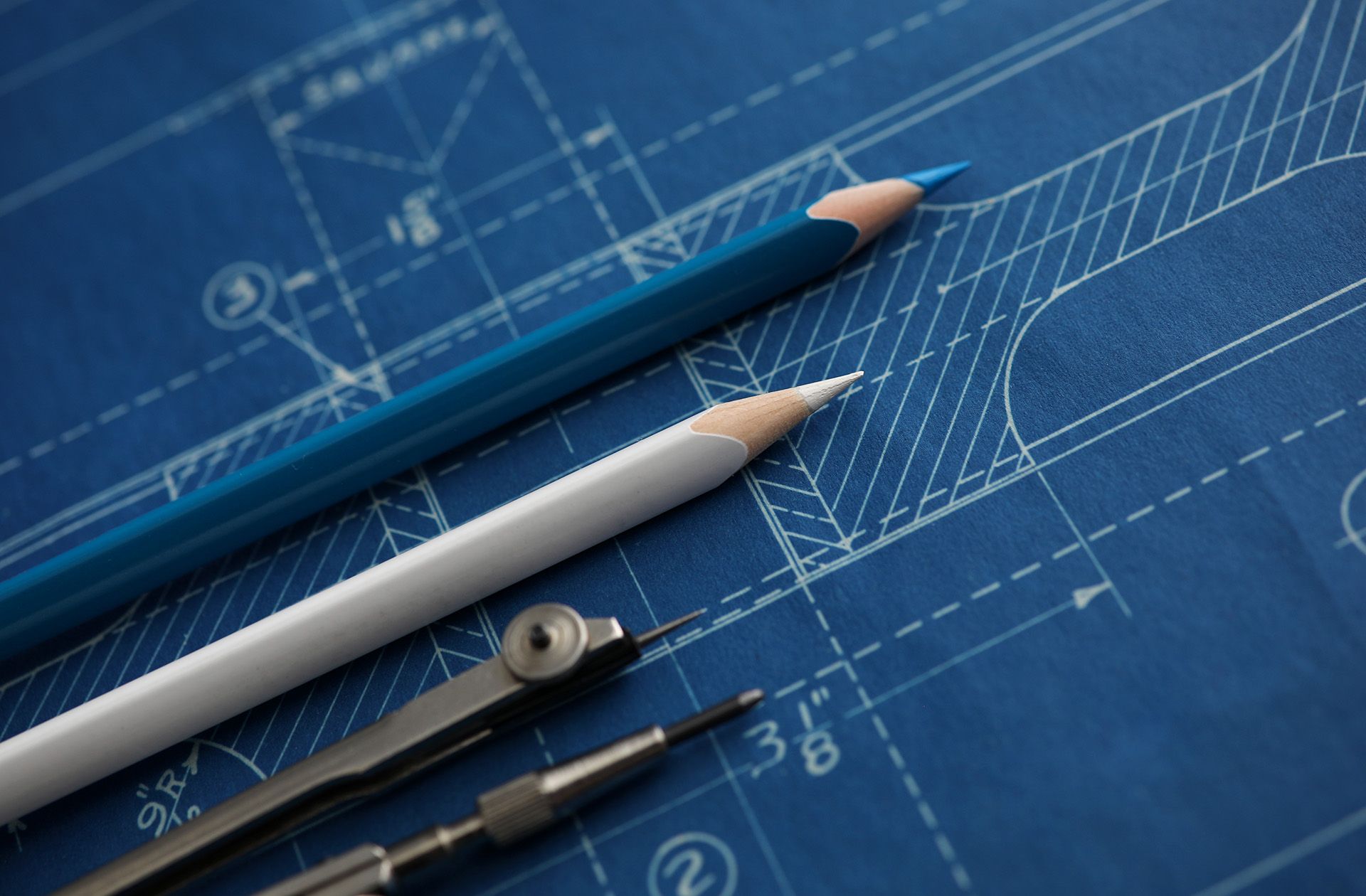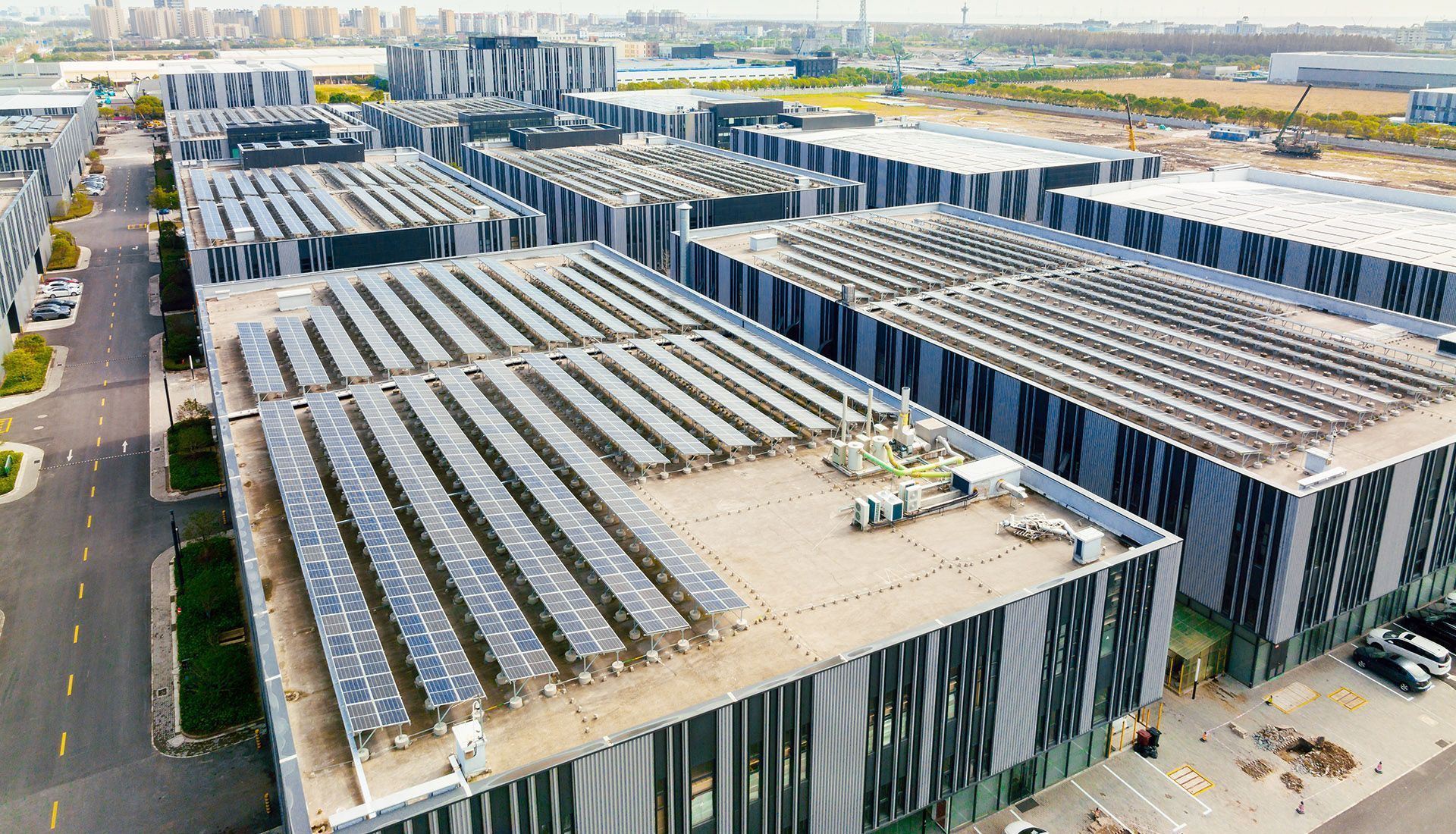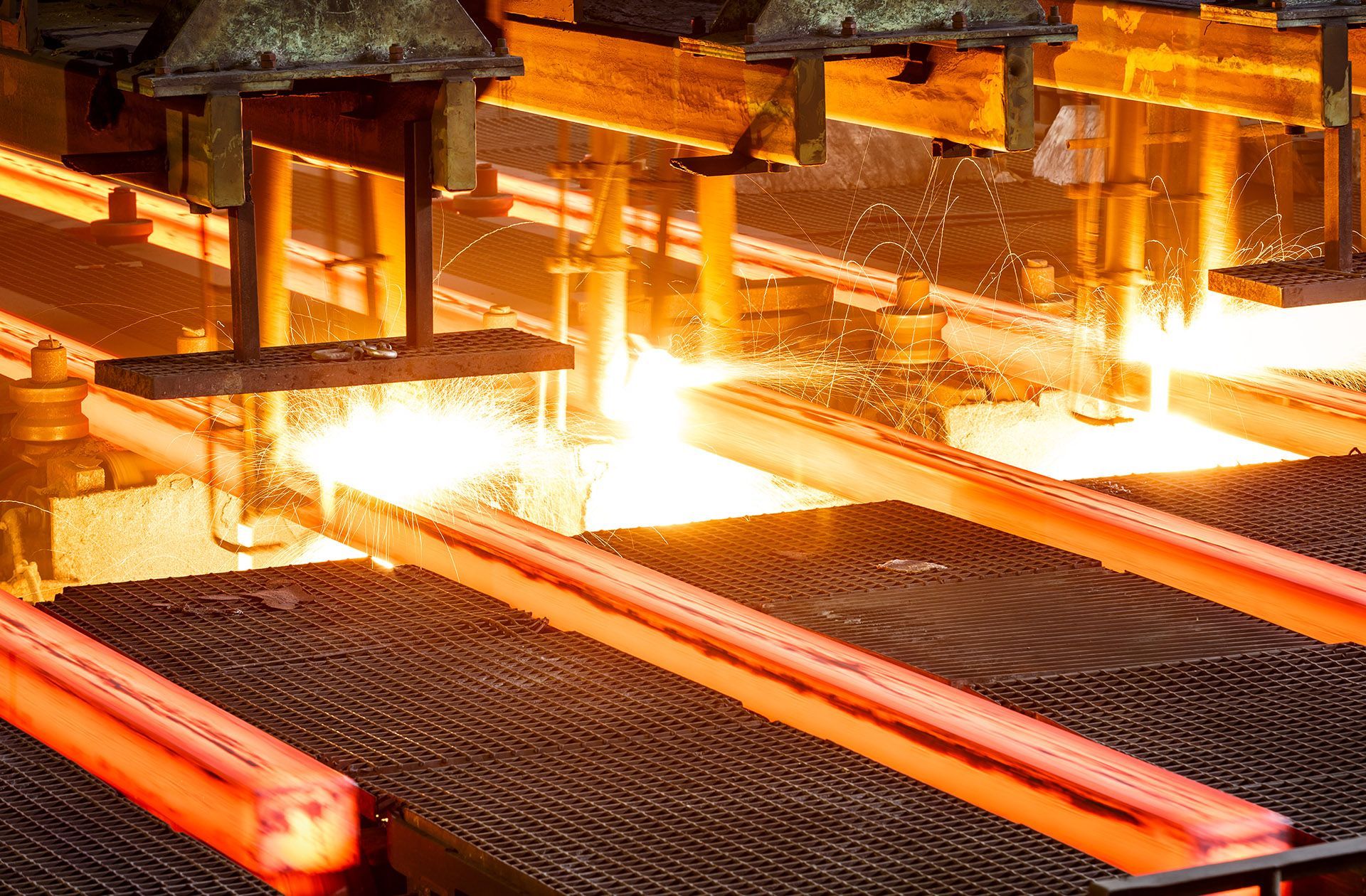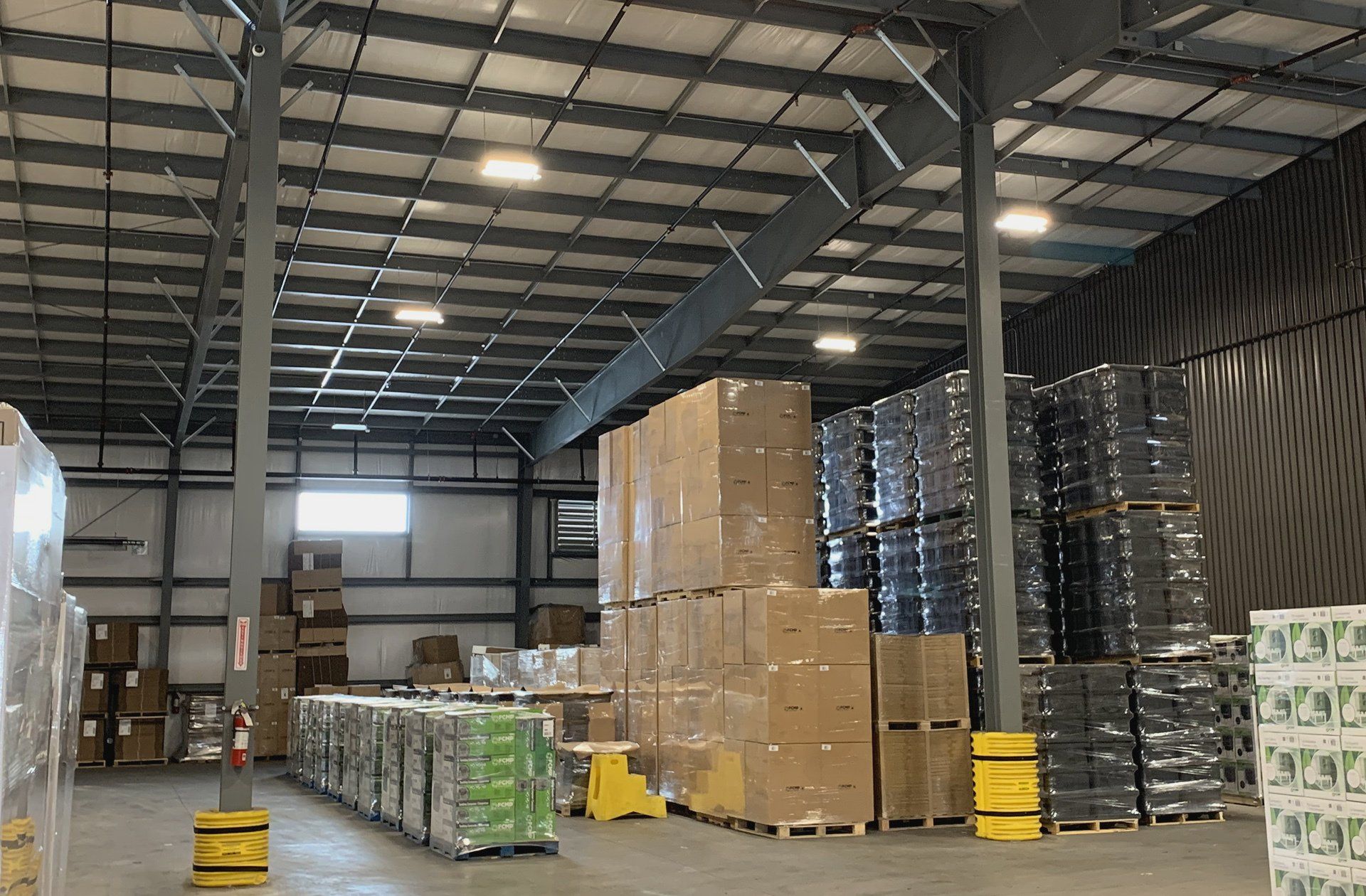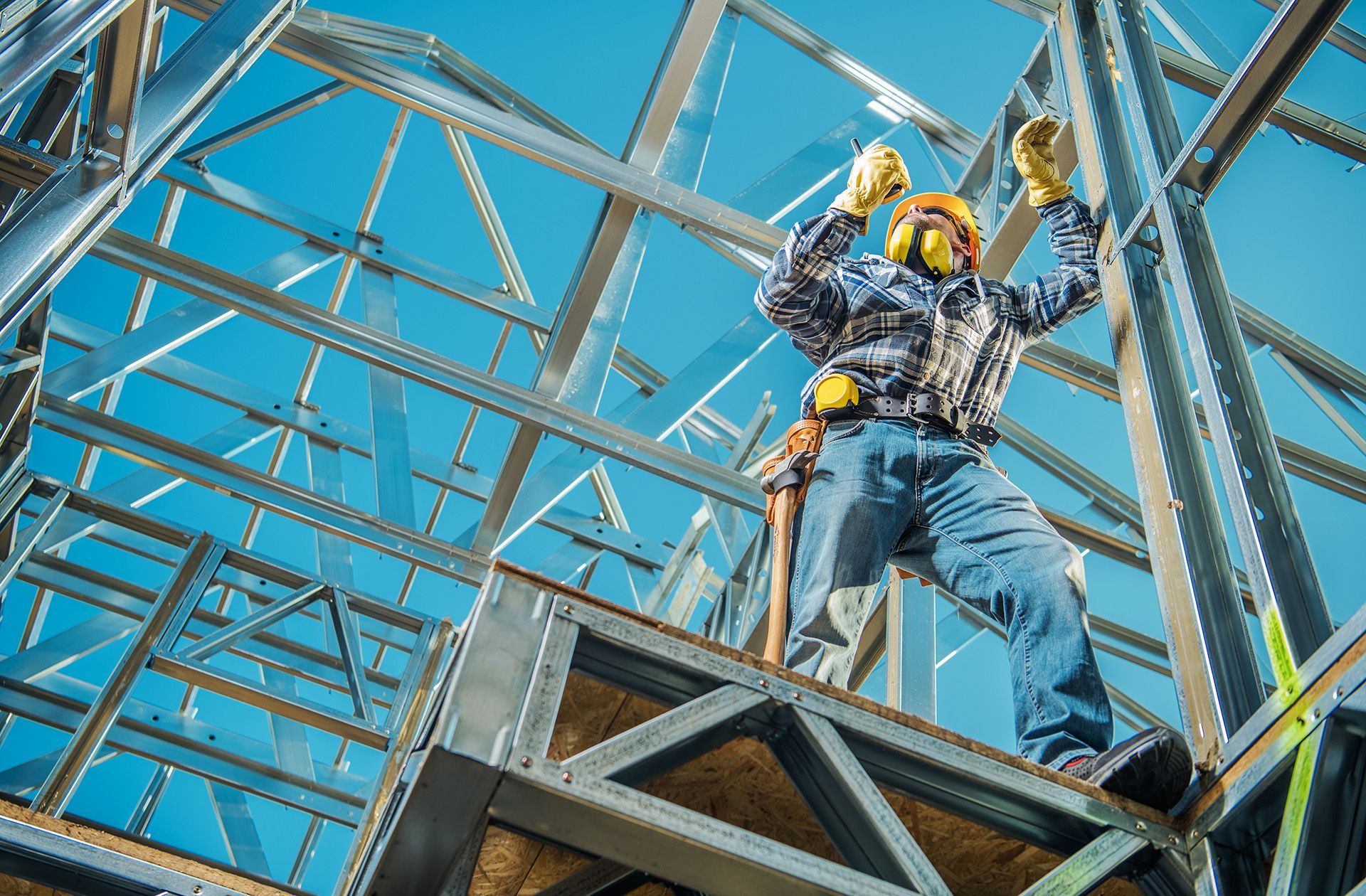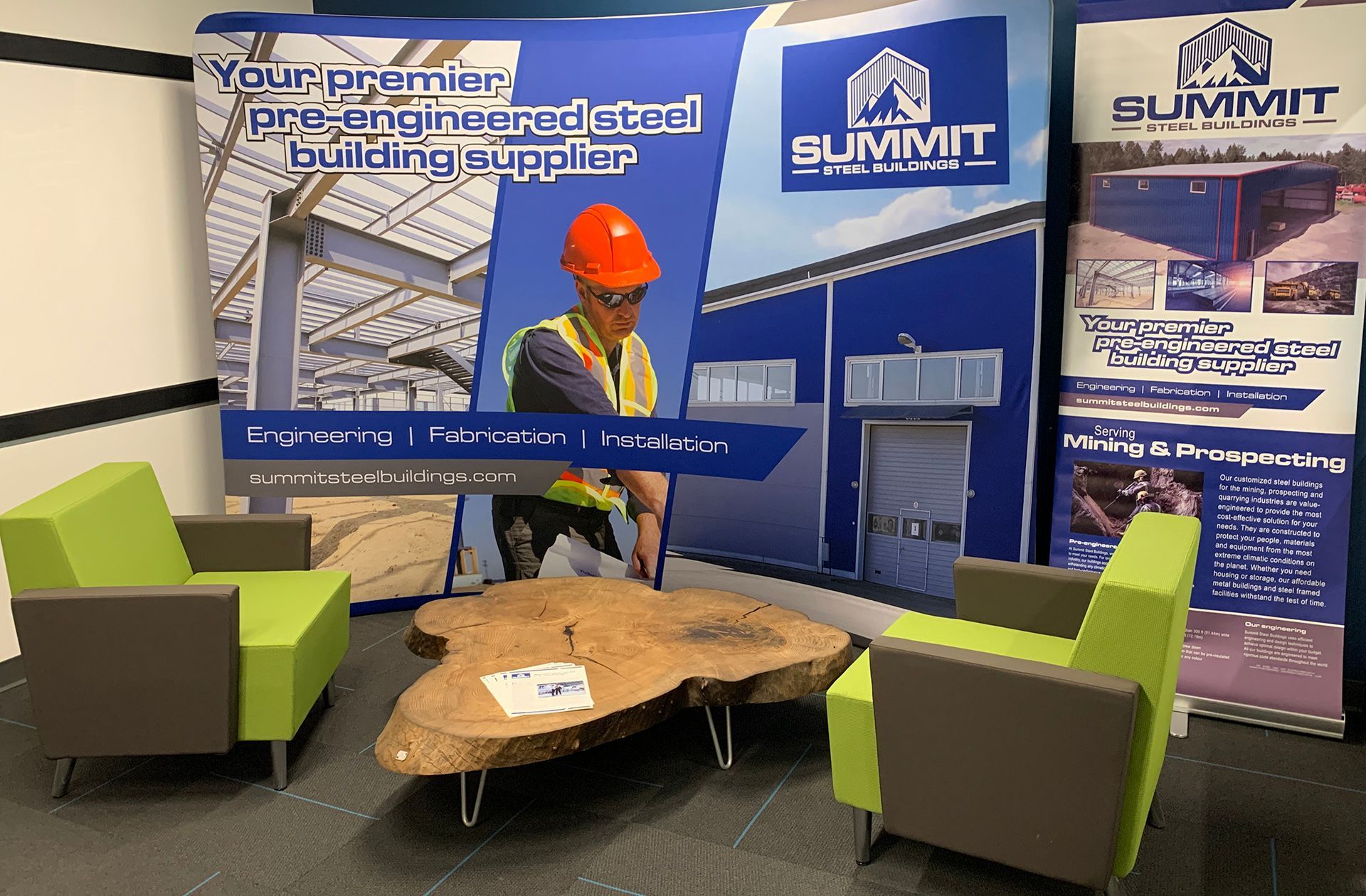Global pandemic and its effects on the steel building industry
The global pandemic has dramatically affected the way most companies do business – and the steel building industry is no different. Now that vaccines are being widely distributed and we’re beginning to see life returning somewhat back to normal, the question becomes how we can apply the lessons we’ve learned. Darren Sperling, Managing Director of Summit Steel Buildings, looks at the biggest challenges his industry faces moving forward. He also discusses why his company is so optimistic about opportunities, especially in light of the changing market conditions compared to last year.
One of the things we’ve learned is that the world continues to grow. Certain industries, such as traditional retail and tourism, have been hit hard by stay-at-home quarantine measures, but it hasn’t diminished the capability of the business-to-business and industrial sectors to keep the country going. Companies in the lumber, mining, agricultural and cannabis spaces have taken the last year to review their infrastructure needs. They’ve been forced to look at their current production and storage capacities and what they will require in the future to help them grow. I believe companies are anticipating accelerated growth in their sales that’s being driven by a change in how people shop. More online shopping and more home delivery is increasing demand for more materials. Manufacturing is trying to keep up. That requires more space to produce and store goods. The demand for industrial and warehousing buildings has increased. We specialize in these types of structures, so I’ve been staying busy with requests for quotes and providing answers to questions. We’re busier than ever connecting with new clients and adding more projects into our pipeline.
Growing consumer demand has led to more construction in general. I’m sure you’ve noticed the shortage of wood as people take advantage of the increased time at home to do more home renovation projects. It’s the same thing that’s happened with industrial building. The high demand for new construction seems to be COVID-related so our current challenges are with material availability, material delivery and getting supplies to the site according to original schedules. Transportation and freight have been affected similarly. On some occasions, steel has been in short supply. We need suppliers to be producing at 100% of their normal capacity. Or even more to catch up with shortages. As manufacturers try to keep up with the demand, our lead time in receiving materials at job sites is being stretched out.
The demand for materials has risen dramatically and so supplier pricing has responded accordingly. Escalating costs in the marketplace are the result of a temporary inversion of the supply-demand ratio. It may be temporary, but we still need to account for it as we schedule jobs and place orders for the future materials we need. We haven’t seen this type of escalation in materials prices since before the last recession.
"We’re optimistic about the construction and steel building industries. The economy continues to grow, and companies are investing into their communities with infrastructure that’s necessary to sustain it."
~ Darren Sperling
As an example, the cost of pre-engineered steel walls has increased at least 50% since last summer (a by-product of the 82% increase in per-tonne U.S. structural steel prices). Manufacturing prices are increasing unusually quickly, and it creates a challenge to accurately quote future projects for clients. Companies may have put a pause on their construction plans during the first days of the pandemic (as they tried to determine how extensive and how long it would all last), but that pent-up demand is now expressing itself. The resurgence in demand for new and expanding facilities couldn’t help but affect prices and supply for raw materials now that companies can’t wait any longer to get started.
Another challenge we face is developing a skilled workforce within the entire industry. The pipeline of employees coming into the industry isn’t keeping up with what we need for the years ahead. As much as we promote the trades as a lucrative career, a lot of students graduating from high school aren’t interesting in getting into the construction industry. This training gap existed prior to the COVID crisis and quarantining at home in a digital environment may lessen the awareness for how good a trade career can be. I foresee a huge labour gap in the years to come. We’ve been fortunate to find and hire talented people for our projects, even during the pandemic. But we need to balance out our capacity so we’re not pushing our people too hard or booking them too much with overtime. Having new people come into the field over the next 10 years, prepared to learn the skills and contribute to our shared success, is desperately needed.
Despite these current challenges relating to the events of the past year, we’re optimistic about the construction and steel building industries. The economy continues to grow, and companies are investing into their communities with infrastructure that’s necessary to sustain it. We’re positioned to support these opportunities by investing in both our team and processes. We are increasing our capabilities by fabricating more of our materials offsite and bringing them to the jobsite ready to be installed. It reduces costs and solves some production constraints. As much changes as we’ve witnessed over the last year, our commitment to providing exceptional client service hasn’t changed.
About the author
Darren Sperling has specialized in the engineering and delivery of pre-engineered steel buildings for over 15 years and has experience in over 20 countries worldwide. He can be contacted at Summit Steel Buildings at (877) 417-8335 or by email at darren.sperling@summitsteelbuildings.com.


